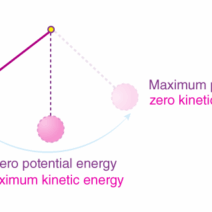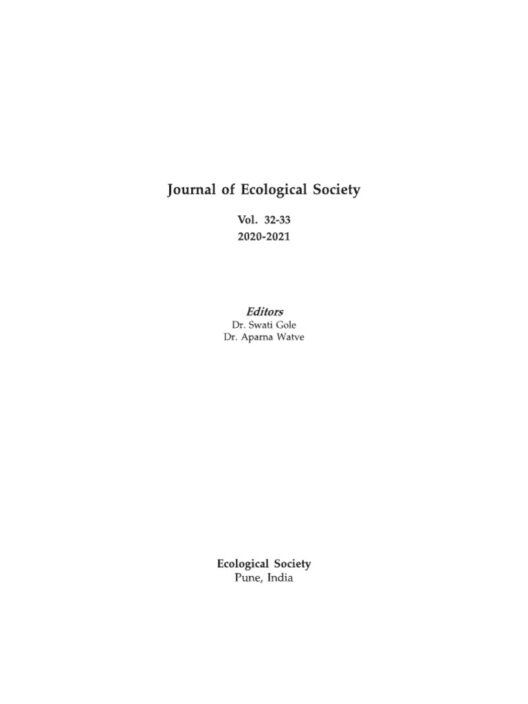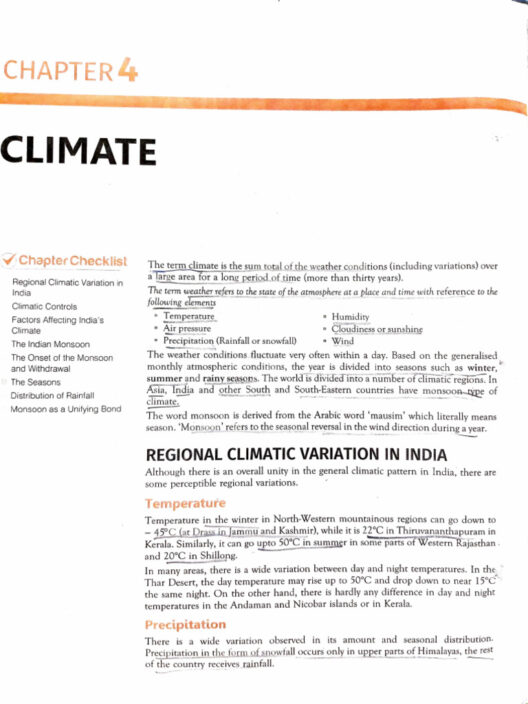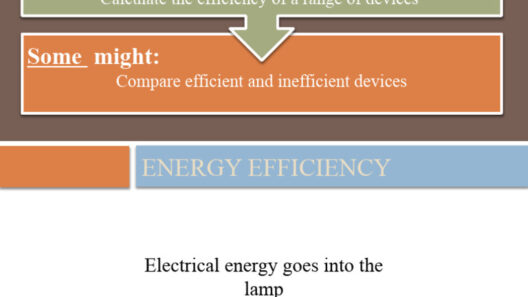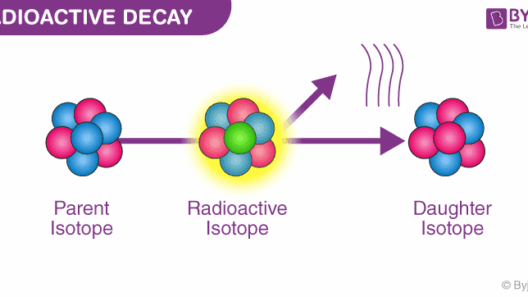The principle of conservation of energy is an omnipresent concept in both physics and our daily lives. At its core, it posits that energy cannot be created or destroyed; it can only change forms. This premise is fundamental to understanding our universe and influences a myriad of scientific disciplines, technological advancements, and even societal norms.
To delve deeper into this principle, consider the dynamics of energy within a closed system. A closed system is one that does not exchange energy with its surroundings. For example, think of a pendulum swinging back and forth. At the pinnacle of its swing, it possesses maximum potential energy due to its height. As it plunges downward, this potential energy is converted into kinetic energy, the energy of motion. Upon reaching the lowest point, all potential energy has transitioned into kinetic energy, illustrating a seamless transformation rather than a loss of energy.
Such transformations are not only confined to mechanical systems. In biological systems, energy is constantly shifting. The metabolism of living organisms exemplifies this; organisms convert the chemical energy stored in food into kinetic energy for movement, thermal energy to maintain body temperature, and potential energy for future use. This continuous cycle underscores the intricate web of energy forms that permeate our existence.
However, it is crucial to acknowledge the distinction between various forms of energy. These include kinetic energy, potential energy, thermal energy, chemical energy, and nuclear energy, among others. Each type serves distinct functions while following the overarching rule of conservation. For instance, in a chemical reaction, the energy stored in chemical bonds is transformed into thermal energy and light during combustion. Here, the energy does not vanish; it merely transitions into another state.
The implications of energy conservation extend beyond mere academic interest. As environmental challenges intensify—climate change, depleting natural resources, and pollution—the principle of conservation of energy beckons for a paradigm shift in how we harness and utilize energy. A conscious understanding of energy conservation can lead to innovative solutions and sustainable practices that mitigate ecological harm.
Renewable energy sources exemplify the practical application of energy conservation principles. Solar panels, wind turbines, hydroelectric power plants—all convert natural energy into usable electricity, adhering to conservation laws. The transformation undertaken by these technologies not only conserves energy but also promotes environmental stewardship; the less reliance on fossil fuels equates to reduced greenhouse gas emissions.
Moreover, the principle of conservation encourages energy efficiency—an avenue through which individuals and organizations can reduce their ecological footprints. Through the implementation of energy-saving technologies, from LED lighting to high-efficiency appliances, we embrace a more responsible approach to consumption. This transition towards efficiency not only preserves energy but also translates to cost savings, a pragmatic advantage that further piques collective interest.
On a micro level, even everyday practices play a role. Simple actions, such as turning off lights when they are not in use, utilizing public transportation, or investing in energy-efficient home insulation, contribute to a broader commitment to energy conservation. Each choice, no matter how minute, cumulatively catalyzes a significant impact.
Moreover, education and advocacy regarding energy conservation can transform societal attitudes toward energy consumption. Fostering awareness about the finite nature of certain energy resources and the long-term consequences of wastefulness inspires a more conscientious populace. Students, families, and communities can unite under this shared ethos, leading to societal changes that prioritize sustainability over rampant consumption.
Nevertheless, challenges abound in the quest to uphold the principle of conservation in an ever-evolving landscape. Economic interests often clash with environmental imperatives. The pursuit of profit can lead to unsustainable practices that undermine the essence of energy conservation and ecological balance. Industry leaders, policymakers, and consumers must collaborate to navigate these complexities and forge pathways that honor both progress and preservation.
In the realm of scientific inquiry, energy conservation remains an active area of exploration. Researchers continue to investigate new methodologies for enhancing energy efficiency across various sectors, implementing advanced materials and technologies that can further optimize energy use. The exploration of these emerging technologies evokes curiosity and hints at a future where energy conservation is seamlessly integrated into daily life.
In conclusion, the principles of conservation of energy weave a narrative that stretches across the fabric of existence. From the mechanics of swinging pendulums to the intricate workings of our planet’s ecosystems, energy transforms rather than ceases to exist. Emphasizing these principles offers a vital framework for understanding our relationship with energy, urging a collective shift towards more sustainable practices. Engaging with these concepts unveils a pathway not just for ecological preservation but for innovating how we perceive and utilize energy, prompting collective curiosity and commitment to a sustainable future.
